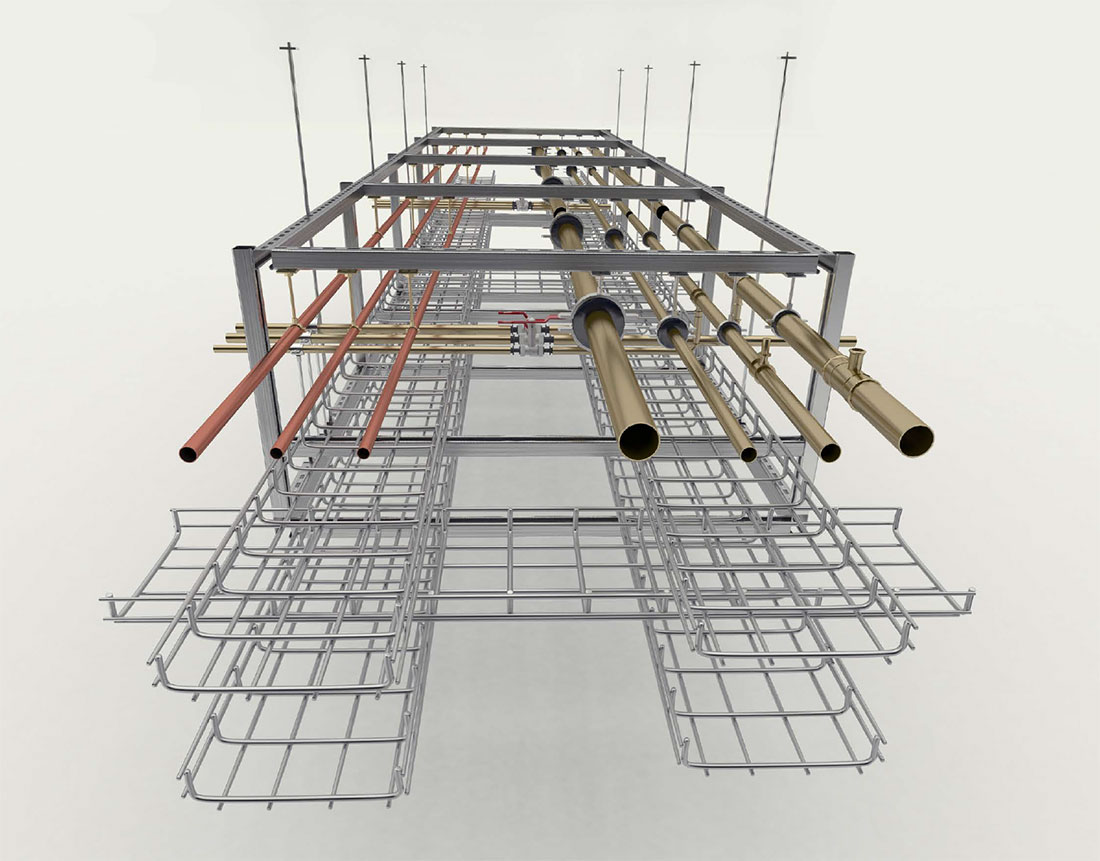Building design, development and construction today rely on a variety of tools – with BIM being just one of them. BIM promotes more informed decision making throughout the whole construction process, which not only improves profitability but reduces errors as well. In addition, civil construction projects, residential projects and commercial buildings, building design for healthcare facilities such as hospitals are not only complex but critical in nature. This is why our skills as a BIM company have been called on by healthcare facilities such as Alder Hey Children’s Hospital in Liverpool and The Christie Proton Beam Therapy Unit in Manchester.
Healthcare facilities these days are not only growing in size but are also becoming more advanced, offering holistic healing facilities for complete patient care as well. But what benefits does BIM bring to the construction of healthcare buildings?
#1 Saves Time and Money
If you think about how complex many healthcare construction projects are and how expensive they can turn out to be, it makes sense to use BIM in order to aid both the architect and the construction crew. BIM helps to make processes more efficient while reducing wastage of talent by streamlining the materials supply chain, reducing waste and delivering high value for clients – meaning that there is an overall reduction in the wastage of both time and money.
#2 Successful Implementation of Complex Projects
The more complex a project, the more that the use of BIM can benefit, as BIM not only encourages collaboration between the design and construction teams, but it also offers easier communication with the use of virtual design and construction systems as well. Use of the BIM system centralises roles and responsibilities, scopes of work, level of detail and data exchange protocols ensuring a fluid and dynamic process.
#3 Improved Clash Detection
The use of 3D Models within the BIM process means that every detail of the construction project can be visualised as a coherent ecosystem and therefore clashes can be identified digitally and fixed before they become problems on the real-life construction site. This again makes the whole process more streamlined and efficient.
#4 Time Saving
Not a lot of people are aware of the fact that BIM can also be used as a useful quality control tool as well. Gone are the days of rolls of drawings being dragged around sites; BIM now allows for quick and easy access to documents and the 3D model through laptops and tablets. Clashes and risks are significantly reduced, and contractors can also make changes live on site which will be updated immediately for all to see. Construction schedules are well-coordinated with BIM, and projects should be completed on time, every time.
#5 Easier Visualisation of Design and Construction
Traffic flow is critical in a hospital setting, and you will find that on healthcare construction projects both surgeons and other medical professionals will be asked for their opinions on room layouts, operations and workflow. Using BIM as part of this process means it is much easier for them to be able to visualise the space with the use of a 3D model so that they can identify potential issues early on in the design process and resolve them thoroughly before construction starts.
This is just a brief look at the ways that BIM can benefit healthcare design and construction, and there are lots of other ways it can help all sorts of construction projects. You can take a look at some of the medical projects we have been involved in on our projects page.
If you want to find out more about how The CAD Room can integrate within your company to assist you with BIM services, then please get in touch with our experienced team today. Call us on 0161 427 0348 or send an email to office@thecadroom.com.

